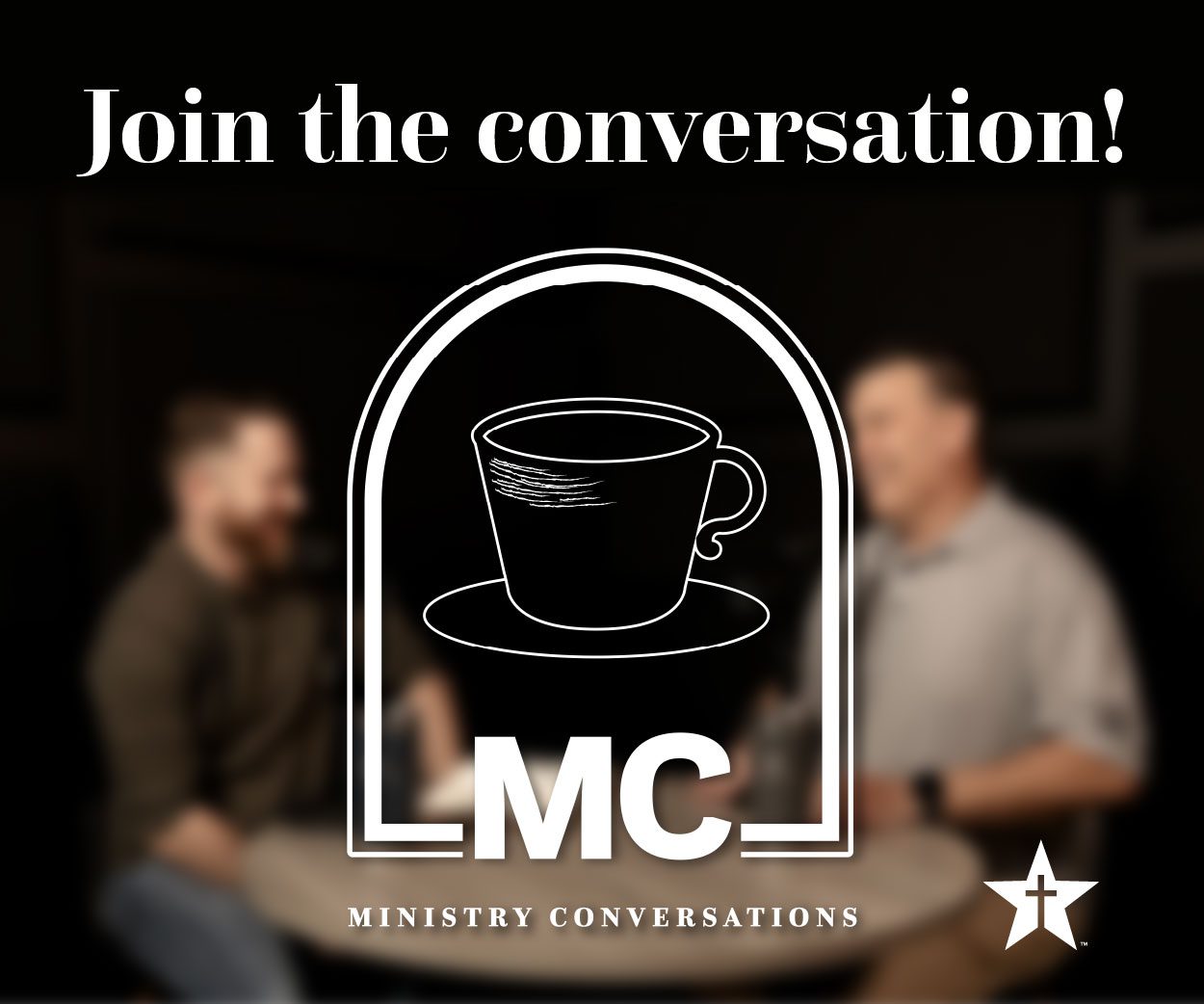• The BaptistWay lesson for June 21 focuses on Ephesians 5:21-33.
An icebreaker
Did Abraham ever forget his and Sarah’s anniversary?
What other questions about marriage does this question generate?
Worms, anyone?
Diving into the Apostle Paul’s statements about the spousal relationship is like opening Pandora’s box. Or is it like herding cats? Or perhaps it’s just Greek. We live in a culture of mixed metaphors, and the spousal relationship is no exception. We seem to be increasingly unsure what to do with it.
We in the church frequently compare our culture to the Roman society of Paul’s day. I wonder if they were as unsure as we seem to be about what to do with marriage. Is that why Paul gave specific marital instructions in 1 Corinthians 7, Ephesians 5 and Colossians 3? Is this why we have instructions related to marriage and leadership in 1 Timothy 3 and Titus 1?
The paradigm of the spousal relationship
We began our study of relationships in Genesis 1 examining the triune relationship of the Godhead and God’s creating man and woman in the image of this relationship. Toward the end of his instructions to husbands and wives (Ephesians 5:31), Paul quotes Genesis 2:24, taking us back to the originating paradigm of marriage.
Sign up for our weekly edition and get all our headlines in your inbox on Thursdays
Genesis 2:24 suggests marriage is intended to reflect the unified relationship of the Godhead. The husband and wife are to join together as “one flesh.” We realize this does not mean a husband and wife become conjoined. Rather, “flesh” signifies how the husband and wife proceed in the world.
In becoming “one flesh,” the husband and wife join the same team, to use yet another metaphor. They make plans in the same direction. They learn to interrelate their wants rather than chasing separate wants in separate directions. The husband operates in service to the wife, and the wife operates in service to the husband. The husband and wife become so synchronized that when other people look at the couple, those people seem to see one person (with two different hairstyles … maybe).
The paradigm of the church
In his instructions to husbands and wives, Paul sets marriage as the paradigm for the church in relation to Christ. Or perhaps Christ in relation to the church is the paradigm for marriage. After quoting Genesis 2:24, Paul writes: “This is a profound mystery—but I am talking about Christ and the church” (5:32).
Oh. We thought Paul was telling wives to submit to husbands. Half of us cheer. Half of us growl. Three-quarters of us squirm.
As it turns out, Paul was weaving the interrelation of God the Father, God the Son and God the Spirit into the interrelation of the husband and wife into the interrelation of the church and Christ.
Stop for a moment, and consider the implications of that last statement.
How is the current state of marital relationships in our society reflected in the American church? In answering this question, don’t moralize: “We should this;” “We should that;” “Americans ought to … .” Focus your thoughts diagnostically.
What changes have taken place in marriage in our society? What changes have taken place in the American church? Is there a correspondence?
What is the similarity between the changes in marriage and the changes in the American church?
If marriage and the church reflect the triune relationship of the Godhead, what sort of God do we see depicted in our society?
Cleaning the glass
My wife and I have read many books on marriage and have appreciated a few of them. The Five Love Languages by Gary Chapman is a fun favorite. The other I return to is Sacred Marriage by Gary Thomas. The subtitle explains why I keep going back: What If God Designed Marriage to Make Us Holy More than to Make Us Happy?
Most books on marriage are written to teach spouses how to keep one another happy. Spousonomics is an example. The authors of Spousonomics employ cost/benefit analysis to explain how such things as the division of labor contribute to the overall happiness and corresponding longevity of a marriage. A viable marriage is, according to them, one that operates by sound and fair economic principles.
The problem with perspectives like Spousonomics is not their truth value. We can agree a marriage in which each person carries his or her weight is likely to have less conflict and be happier than one in which one spouse shoulders the load. Although there is truth to economics, economics should not be the guiding principle for marriage, nor should any other-worldly philosophy.
The guiding principle of marriage should be to reflect the image of God. So, we can examine the spousal relationship through the rubric Thomas proposes. How can the various aspects of marriage move us toward holiness? How am I as a husband/wife helping my spouse to live as a reflection of God’s image?
A final exercise
Let’s go back to Paul’s instructions to husbands and wives recorded in 1 Corinthians 7:2-6, 10-17; Ephesians 5:21-33; and Colossians 3:18-19.
Compare the three sets of instructions, and consider these questions:
1. What are the similarities among the instructions?
2. What are the differences?
3. Why do you suppose there are differences?
4. What do you learn from the similarities?
5. What do you learn from the differences?













We seek to connect God’s story and God’s people around the world. To learn more about God’s story, click here.
Send comments and feedback to Eric Black, our editor. For comments to be published, please specify “letter to the editor.” Maximum length for publication is 300 words.